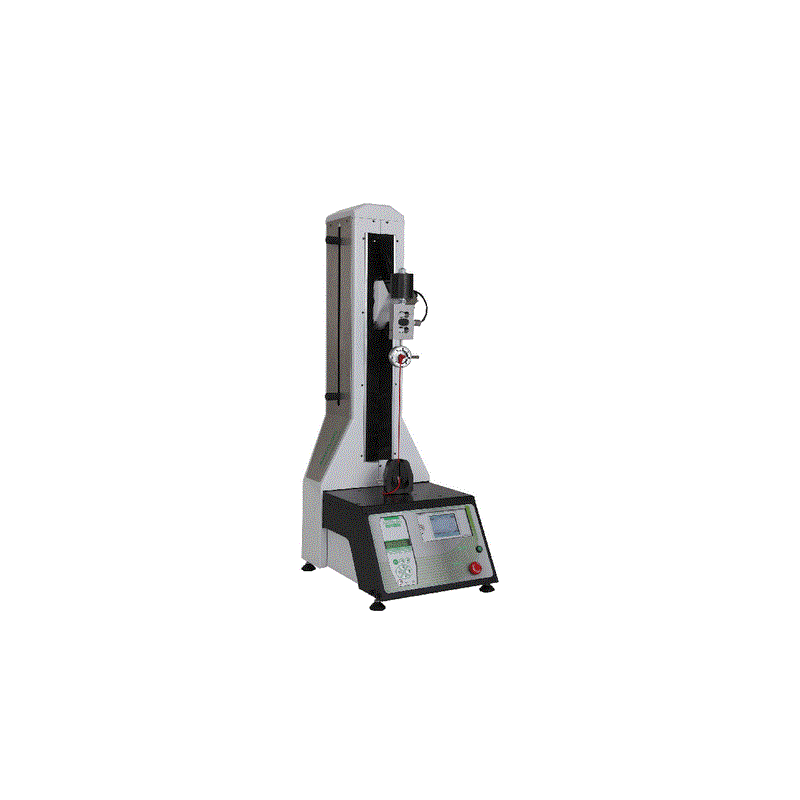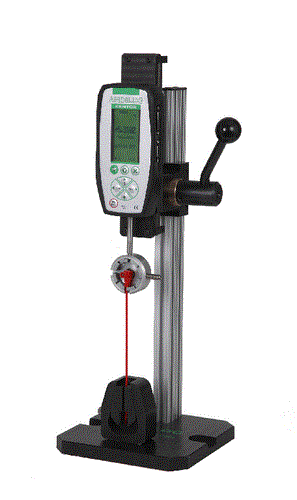| A good crimping of a terminal on a cable increases the usable life time of the connection and avoids micro cuts when using the cable in a car or an aircraft. When do you check wire terminal crimps ? During the manufacturing cycle and at each change of processing settings, including :
A / Visual control: This is to visually check that the terminal is properly positioned on the wire. The lug rings must be tightly wrapped around the cable, no strand shall be out of the crimping. The cable end must appear at the end of the terminal and should not be folded or bent. | Wiretest 2 |

